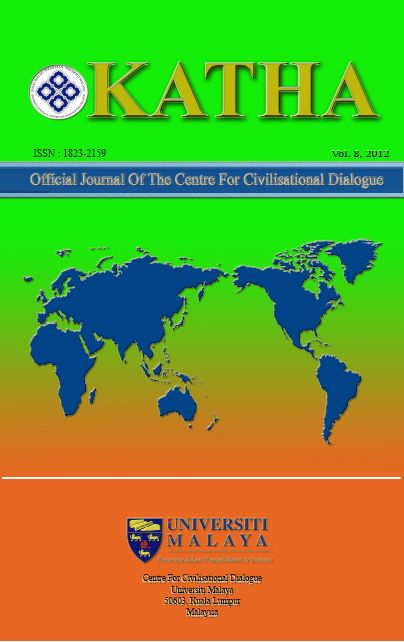The Message of Rumi
Keywords:
Rumi, man and humanism, beauty and love, soul, observationAbstract
Rumi is not just the pride of Iranians but also Afghans, Tajiks and Turks. Rumi reminds us that Being is much greater than this transient and transitory world. The order and beauty in the world is the manifestations of the Devine Beauty. The universe has Soul and this World Soul must be known to us although it is invisible to our world-seing vision. Rumi also emphasizes that any observation is just like a reflection of the moon in a river. Further message from Rumi is that human being belongs to a realm of higher than this world and that is where he finally return. He also stresses that love is our wing in the ascent towards the Devine firmament from which we have fallen to the earth. Love is the panacea and cure for all our pains, and love is the fire which will not be appeased except with union with the Ultimate Reality. Love is not merely literal term, nor an image realised in one’s mind. Men is unable to reach the shoreless ocean of Devine Reality unless he transcends the illusory matrices of this world and dissociates his head from its false glitter. Other Rumi’s message is that genuine humanism is not possible without faith in God. The real and persisting enemy is our own self within.
Downloads
Downloads
Published
How to Cite
Issue
Section
License
Articles submitted to the journal should not have been published before in their current or substantially similar form, or be under consideration for publication elsewhere. Authors submitting articles for publication warrant that the work is not an infringement of any existing copyright and will indemnify the publisher against any breach of such warranty. For ease of dissemination and to ensure proper policing of use, papers and contributions become the legal copyright of the publisher unless otherwise agreed. By submitting a manuscript, the author(s) agree that copyright for the article is transferred to the publisher, if and when the manuscript is accepted for publication. However, it can be reprinted with a proper acknowledgment that it was published in KATHA.

This work is licensed under a Creative Commons Attribution-NonCommercial-NoDerivatives 4.0 International License.




